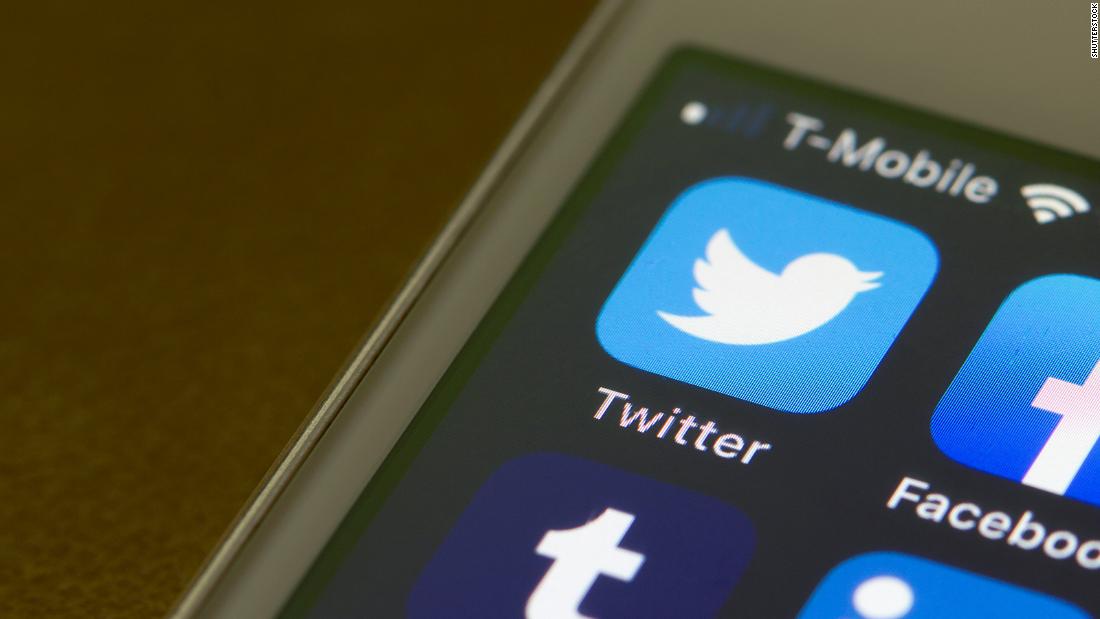[ad_1]
“The way (the transition to remote working) happened, instantly, there was no warning, and all of a sudden people were just told, ‘you’re not going back to work tomorrow,'” said Anu Bourgeois, an associate professor of computer science at Georgia State University. “Everybody became vulnerable at that point.”
Security risks from remote working
When coronavirus hit the United States, employers had to scramble to get a huge percentage of the country’s workforce to transition to remote working for the first time, a massive task that may have involved corner-cutting when it came to security.
There are a number of ways companies could have gone during the transition. In the hurry to keep employees safe but still maintain their workflow, companies might have given out laptops not equipped with the proper security software or asked them to use their own personal devices for work, Bourgeois said.
That issue was likely heightened for employees and families who can’t afford multiple devices and suddenly found themselves working from home while kids attended school remotely.
“They’re having to juggle different people using that device,” Bourgeois said. “Whereas at work you’re just one person, your kids may be having to use the device you use for work for their school or entertainment. You have that vulnerability of different people on your machine.”
Companies that were accustomed to having employees work only out of the office likely also had to develop new “access controls.” Whereas workers may have only been able to access their company’s servers and data from inside the office, they now may have to sign into a virtual private network (VPN) or other portal to securely access the information needed to do their jobs.
Deploying proper cybersecurity protocols for a remote workforce, “especially for a large scale company, is going to be really time consuming and difficult to do,” said Bourgeois.
She added that even with existing security software, companies could run into issues. Some security systems track employee habits — such as the normal days, times and duration of time that they typically access company systems — to identify potential hackers. But such systems may be confused by people’s changing work habits during the pandemic, and therefore could be less likely to catch breaches.
What we know about the Twitter hack
It’s unclear whether the Twitter hack had anything to do with remote working policies the company put in place in response to the pandemic.
“You have people scrambling, in a different environment, and that mindset is not the same when you’re working from home versus the office,” Bourgeois said. “So many people are juggling their kids and are distracted and may be trying to quickly get through whatever task they need to get through. (They) may not be as sensitive to looking for these social engineering tactics, like phishing emails or phone calls.”
Some have also warned that hackers may try to exploit people’s fear of coronavirus in an attempt to carry out hacks or phishing attempts.
The EFF cautioned people to look out for suspicious messages promising information or offers related to coronavirus, especially ones that sound too good to be true, like an offer to submit personal information in exchange for a free coronavirus vaccine.
For companies looking to avoid being the next target of an attack — in addition to implementing antivirus software and two-factor authentication — “the number one thing is education,” according to Bourgeois.
“Unless your employees are well versed in all of these different types of attacks and what to be aware of, it doesn’t matter what else you do, that person is vulnerable. Educating the workforce is key,” Bourgeois said.
–CNN’s Brian Fung contributed to this report.
[ad_2]
Source link



